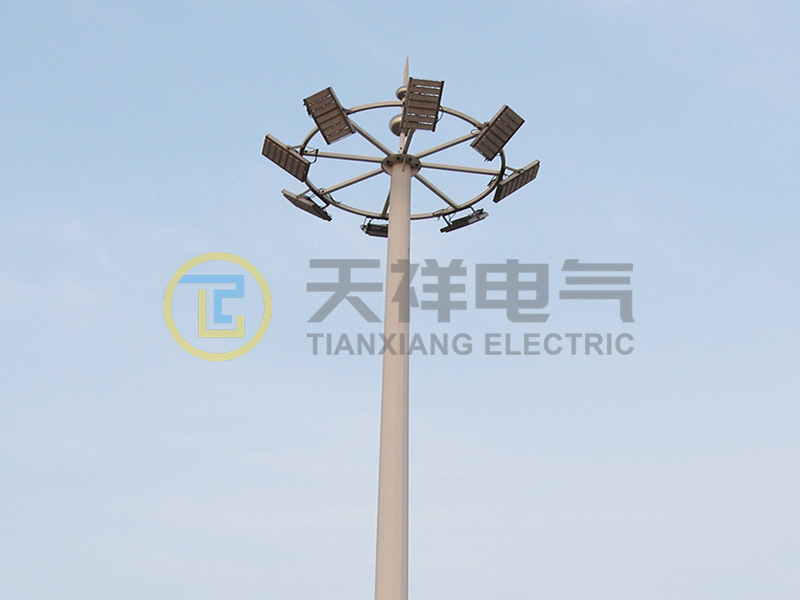LED floodlights are a popular lighting choice due to their high energy efficiency, long life, and exceptional brightness. But have you ever wondered how these extraordinary lights are made? In this article, we’ll explore the manufacturing process of LED floodlights and the components that make them work effectively.
The first step in creating an LED floodlight is choosing the right material. The main materials used are high-quality LEDs, electronic components, and aluminum heat sinks. The LED chip is the heart of the floodlight and is usually made of semiconductor materials such as gallium arsenide or gallium nitride. These materials determine the color emitted by the LED. Once the materials are obtained, the manufacturing process can begin.
The LED chips are mounted on a circuit board, also known as a PCB (printed circuit board). The board acts as a power source for the LEDs, regulating the current to keep the lights working properly. Apply the solder paste to the board and place the LED chip in the designated position. The entire assembly is then heated to melt the solder paste and hold the chip in place. This process is called reflow soldering.
The next key component of an LED floodlight is the optics. Optics help control the direction and spread of light emitted by LEDs. Lenses or reflectors are often used as optical elements. Lenses are responsible for diversifying the light beam, while mirrors help direct the light in specific directions.
After the LED chip assembly and optics are complete, the electronic circuitry is integrated into the PCB. This circuit makes the floodlight work, allowing it to turn on and off and control the brightness. Some LED flood lights also include additional features such as motion sensors or remote control capabilities.
To prevent overheating, LED flood lights require heat sinks. Heat sinks are often made of aluminum due to its excellent thermal conductivity. It helps dissipate excess heat generated by the LEDs, ensuring their longevity and efficiency. The heat sink is mounted on the back of the PCB with screws or thermal paste.
Once the different components were assembled and integrated, the floodlight housings were added. The case not only protects the internal components but also provides aesthetics. Enclosures are usually made of aluminum, plastic, or a combination of the two. Material selection depends on factors such as durability, weight, and cost.
Thorough quality control testing is required before the assembled LED floodlights are ready for use. These tests ensure that each floodlight meets specified standards in terms of brightness, power consumption, and durability. The lights are also tested in various environments, including temperature and humidity, to ensure their reliability in different conditions.
The final step in the manufacturing process is packaging and distribution. LED Flood Lights are carefully packaged with shipping labels. They are then distributed to retailers or directly to consumers, ready to install and provide bright and efficient lighting for a variety of applications, including sports fields, parking lots, and buildings.
All in all, the manufacturing process of LED floodlights involves careful selection of materials, assembly, integration of various components, and strict quality control testing. This process ensures that the final product is a high-quality, efficient, and durable lighting solution. LED floodlights are constantly evolving to offer improved functionality and performance, and their manufacturing processes play a vital role in their success in the lighting industry.
The above is the manufacturing process of LED floodlights. If you are interested in it, welcome to contact led flood light supplier Tianxiang to read more.
Post time: Aug-10-2023





